Grey Maiden: The Story of a Sword Through the Ages
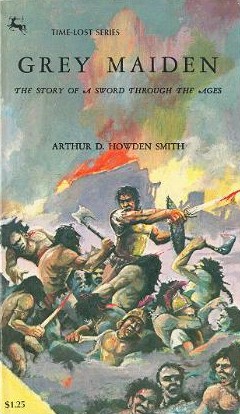 I have a habit of buying books — a compulsion, really. Older books, mostly, from book fairs and small used bookstores. Things that look unusual, and which, in the absence of an immediate reason on my part to read them immediately, often sit on my shelves for some time before I get around to them.
I have a habit of buying books — a compulsion, really. Older books, mostly, from book fairs and small used bookstores. Things that look unusual, and which, in the absence of an immediate reason on my part to read them immediately, often sit on my shelves for some time before I get around to them.
So I don’t remember now exactly when and where I picked up a collection of Arthur D. Howden Smith’s Grey Maiden stories, only that it was some time ago. I wish I knew now, because I’d like to go back for more, if there are any.
Arthur D. Howden Smith (1887-1945) was an early pulp writer; the collection Grey Maiden (Centaur Press, 1974) has four out of seven — or nine, depending on what reference you look at — of his stories about the Grey Maiden, the first sword ever forged from iron.
Each tale follows a different wielder, each in a different time and place, as the blade’s won and lost among battles and wars and the rise and fall of empires. All were originally published in the pulp magazine Adventure.
The four tales in the collection I have (there was at least one other collection, with more of them) include a story of betrayal and revenge among the soldiers of Alexander the Great, an account of a group of Phoenicians retreating across Italy, a story of the ebbing of Roman power in Britain, and an imagining of the first collision between the Byzantine Empire and the followers of Islam.
The stories are bleak, violent, and possessed of a dark energy that makes them utterly compelling. The history perhaps couldn’t always stand up to intense scrutiny, but is used in such a way as to make the most exciting and brutal tale possible.
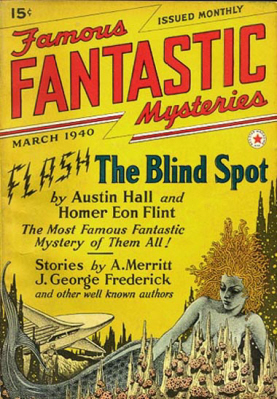 Last night at dinner we were discussing (as one does) Homer Eon Flint.
Last night at dinner we were discussing (as one does) Homer Eon Flint.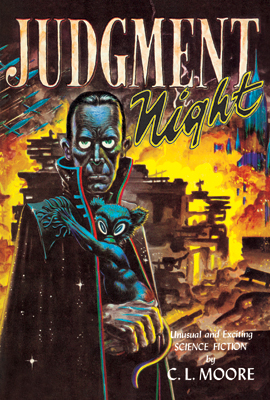 Famed with her husband Henry Kuttner for turning out superlatively compelling and complex stories for the pulps, both jointly and singly, Catherine Moore began writing in 1933.
Famed with her husband Henry Kuttner for turning out superlatively compelling and complex stories for the pulps, both jointly and singly, Catherine Moore began writing in 1933.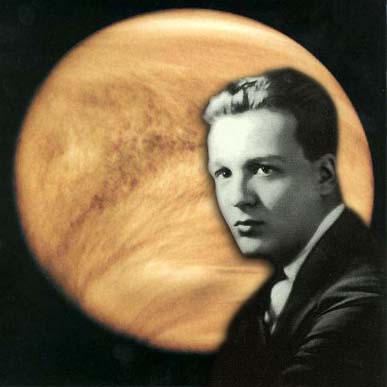 Last week, our esteemed editor John O’Neill posted
Last week, our esteemed editor John O’Neill posted 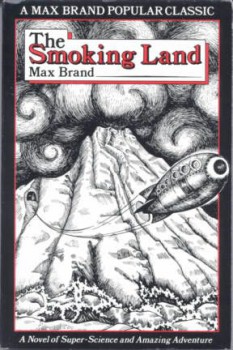 The Smoking Land
The Smoking Land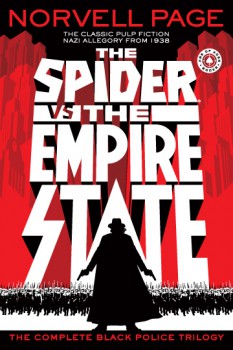 The Spider Revival: Part III
The Spider Revival: Part III “So it will be when we are dead that perhaps our lives will stand for something.”
“So it will be when we are dead that perhaps our lives will stand for something.”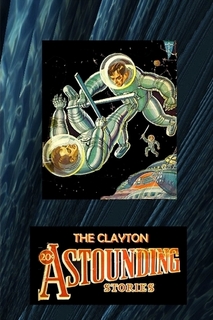 Over at
Over at